Transforming Urban Living: The Rise of Innovative Shipping Container Flats in Modern Architecture
The urban landscape is undergoing a significant transformation, driven by innovative architectural solutions that address pressing housing needs. Among these solutions, shipping container flats have emerged as a remarkably sustainable and efficient option for urban living. A report by the World Economic Forum indicates that the global housing crisis is exacerbated by rising urban populations, predicting that by 2050, nearly 68% of the world’s population will reside in urban areas. In response to this trend, shipping container flats offer an affordable and adaptable solution, utilizing repurposed materials to create functional living spaces.

According to a study from the Container Housing Initiative, these flats can be constructed in half the time of traditional homes, which aligns with the increasing demand for rapid and cost-effective housing development. Thus, the rise of shipping container flats not only highlights a remarkable shift in modern architecture but also represents a response to the challenges posed by urbanization.
Innovative Shipping Container Design: A Game-Changer in Urban Housing Solutions
The surge in innovative shipping container designs is reshaping the urban housing landscape, presenting a dynamic solution to the pressing need for affordable living spaces. As cities around the world grapple with housing shortages and increasing living costs, the concept of using repurposed shipping containers emerges as a game-changer. These structures promise not only an efficient use of materials but also rapid construction timelines, which are crucial in addressing urgent housing demands.

Moreover, the growing interest in sustainable living aligns seamlessly with the adaptation of shipping containers. By incorporating energy-efficient technologies and innovative designs, container flats can reduce the carbon footprint typically associated with traditional construction methods. As showcased in recent developments, energy-efficient homes are gaining traction as practical responses to housing crises across various regions. The fusion of affordability, sustainability, and architectural creativity heralds a new era in urban living, paving the way for inventive solutions that can revolutionize how we think about housing in congested metropolitan areas.
The Environmental Benefits of Shipping Container Flats in Sustainable Architecture
The shift towards sustainable architecture has seen the innovative use of shipping container flats gaining popularity in urban environments. These units not only provide affordable housing solutions but also significantly reduce the ecological footprint of residential construction. According to a 2021 report by the World Economic Forum, the construction and demolition sector contributes approximately 39% of global carbon emissions. By repurposing existing shipping containers, architects and developers can minimize material waste and lower greenhouse gas emissions, as the need for traditional building materials is greatly diminished.
In addition to reduced emissions, shipping container flats present remarkable energy efficiency opportunities. The Environmental Protection Agency (EPA) notes that energy-efficient structures can cut energy consumption by up to 30%. With the integration of solar panels and other renewable energy technologies, shipping container homes can operate with minimal reliance on non-renewable resources. Moreover, the modular nature of these units allows for scalable designs tailored to urban needs, proving that aesthetics and sustainability can coexist in modern architecture. As urban populations continue to swell, the environmental benefits of shipping container flats position them as a forward-thinking solution in the fight against climate change.
Transforming Urban Living: The Rise of Innovative Shipping Container Flats in Modern Architecture
| Feature | Description | Environmental Benefit |
|---|---|---|
| Sustainable Materials | Utilizes repurposed shipping containers, reducing waste. | Decreases landfill contributions and promotes recycling. |
| Energy Efficiency | Can be designed with energy-efficient systems. | Reduces energy consumption and carbon footprint. |
| Cost-Effective | Lower initial investment compared to traditional housing. | Encourages affordable housing solutions. |
| Modular Design | Flexible layouts that can adapt to different needs. | Minimizes construction waste and resource use. |
| Quick Construction | Faster to build than traditional structures. | Reduces time on site, lessening environmental disruption. |
Cost-Effectiveness of Shipping Container Homes: Budgeting and Financial Considerations
The rising popularity of shipping container homes offers a cost-effective alternative to traditional housing. These innovative structures allow for significant savings in construction costs, primarily due to the modular nature of containers and their availability. Unlike conventional homes, shipping container flats can be rapidly assembled on-site, drastically reducing labor expenses and project timelines. This appeal is particularly strong in urban areas, where real estate prices are soaring, prompting a search for efficient and affordable living solutions.
In terms of financial considerations, the initial investment in shipping container homes can be quite manageable. Budget-conscious individuals and families can often purchase used containers at a fraction of the cost of standard housing materials. Additionally, their durability minimizes long-term maintenance expenses, contributing to ongoing savings. Homeowners can also personalize their container flats with eco-friendly technologies, such as solar panels and rainwater collection systems, which may further lower utility bills. This blend of affordability and sustainability makes shipping container homes an ideal solution for those seeking innovative urban living without breaking the bank.
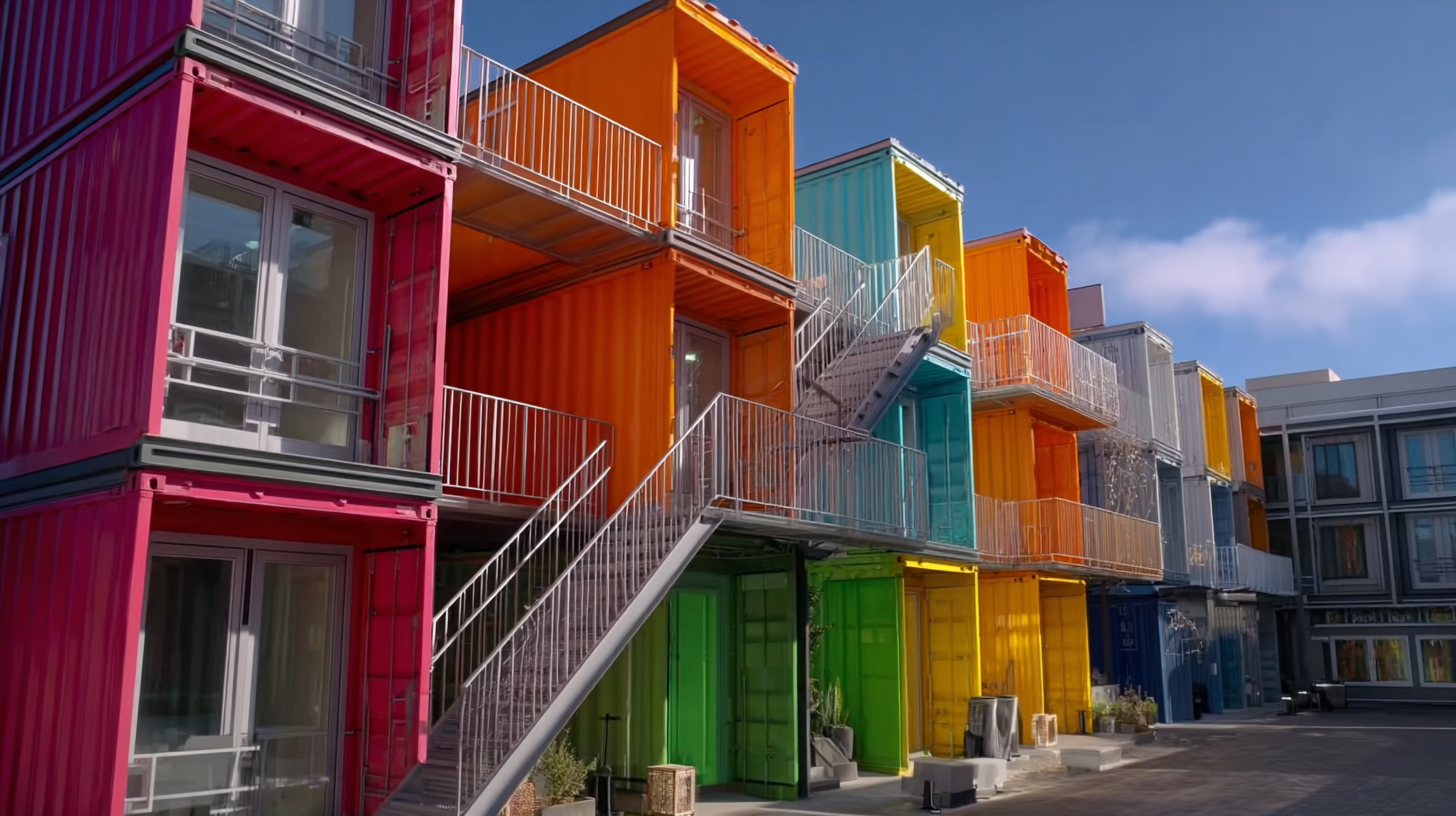
Adapting Shipping Containers: Regulations and Challenges in Urban Development
The rise of innovative shipping container flats in urban architecture has redefined modern living spaces, particularly in densely populated areas. As cities grapple with escalating housing demands, the adaptability of shipping containers has opened new avenues for affordable housing solutions. According to a report by the National Association of Home Builders, nearly 65% of urban developers are exploring modular construction methods, including shipping containers, which allow for faster building processes and reduced labor costs, often cutting construction time by as much as 50%.
However, the transition to a shipping container-based approach is not without its regulatory hurdles. Many cities face stringent zoning laws and building codes that present significant challenges. A survey conducted by the American Institute of Architects reveals that 72% of architects believe that regulatory barriers impede innovative housing projects. Local governments must figure out how to adapt existing regulations to accommodate this novel approach while ensuring safety and livability standards are met. Addressing these challenges is crucial to unlocking the potential of shipping containers as a viable solution for the urban housing crisis.
Market Trends: The Growth and Acceptance of Container Living in Modern Cities
The rise of shipping container flats as a viable housing solution demonstrates a significant shift in urban living preferences. As cities face challenges such as high housing costs and limited space, the innovative use of shipping containers is gaining traction. These modular, eco-friendly units provide a cost-effective alternative, appealing to a diverse demographic, from young professionals to environmentally conscious families. The adaptability of container homes allows for creative architectural designs that not only optimize space but also reflect individual lifestyles and community needs.
Market trends indicate growing acceptance of container living as a legitimate architectural movement. Urban developers and architects are increasingly incorporating shipping containers into their projects, responding to a rising demand for sustainable and affordable housing. This trend is particularly pronounced in major metropolitan areas, where housing shortages and high rents drive the search for alternative living solutions. As local regulations evolve to support container construction, the market is poised for continued growth, transforming the landscape of modern cities and redefining the concept of urban living.
Transforming Urban Living: The Growth of Innovative Shipping Container Flats
This chart illustrates the increasing trend of container living in modern cities, showcasing data from various regions over the last five years.
Related Posts
-
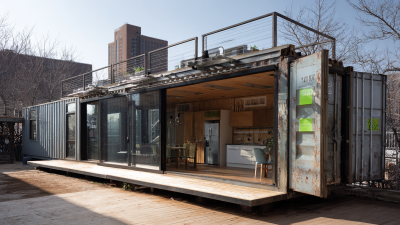
Transforming Shipping Containers into Sustainable Living Spaces: A 2023 Housing Solution
-

The Rise of Sustainable Living Through Shipping Container Flats
-
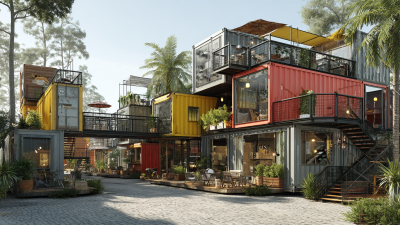
Transforming Everyday Life with Innovative Containers for Living Space
-
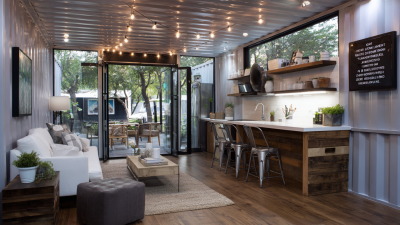
Transforming Tiny Spaces: How Containers Revolutionize Modern Living
-

Transforming Urban Living: Innovative Container Solutions for Modern Spaces
-
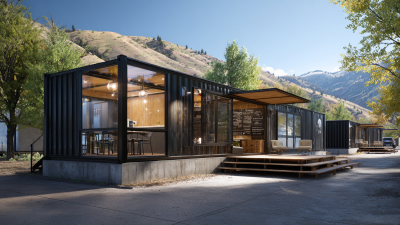
Exploring the Future of Modular Container Buildings: Sustainable Solutions for Modern Living


